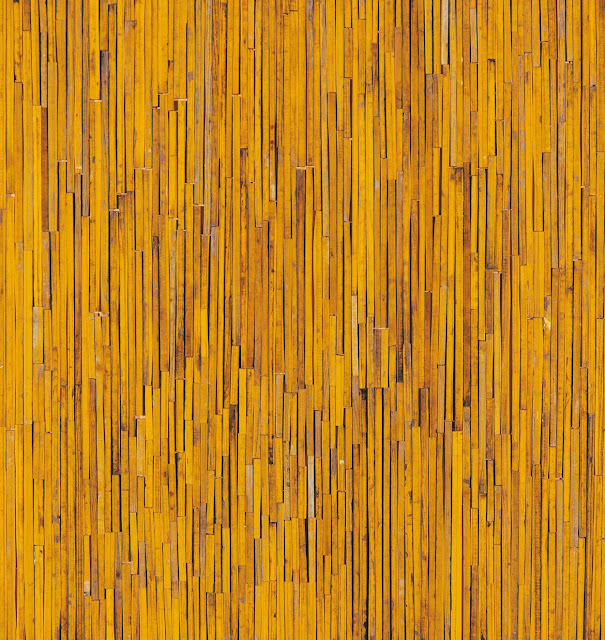Rosalie Gascoigne (1917 –1999) was a New Zealand-born Australian sculptor and assemblage artist. She showed at the Venice Biennale in 1982, becoming the first female artist to represent Australia there. In 1994 she was awarded the Order of Australia for her services to the arts. Rosalie Gascoigne is renowned for her sculptural assemblages of great clarity, simplicity and poetic power. Using natural or manufactured objects, sourced from collecting forays, that evoke the lyrical beauty of the Monaro region of New South Wales, her work radically reformulated the ways in which the Australian landscape is perceived. During the many lonely years spent raising her three children, Gascoigne found solace by making natural assemblages first via traditional flower arranging then later with the rigorous Japanese art form Sogetsu Ikebana. Her work in this medium was outstanding, earning praise from Japanese master and founder of the Sogetsu School of Ikebana, Sofu Teshigahara. Nevertheless, by the late 1960s, she had become dissatisfied with the limitations of the medium and started experimenting first with small scrap iron sculptures and later wooden boxed assemblages, all composed of materials she found while on scavenging expeditions in the fierce, sunburnt landscape of Australia. While the Australian landscape was initially a shocking change from the damp green hills of her familiar New Zealand, by this time, she had come to love the "boundless space and solitude" of her new home. Much of her art reflects this, though some also harks back to her roots in New Zealand.




















No comments:
Post a Comment